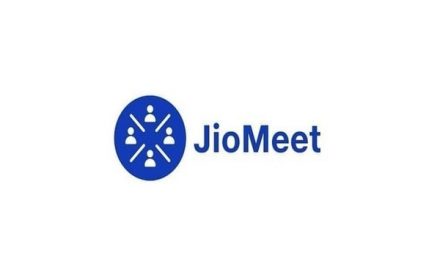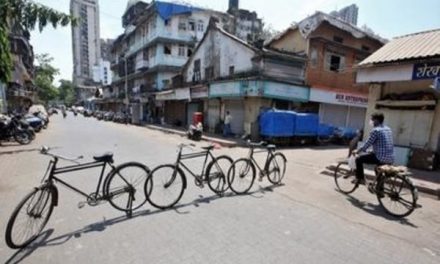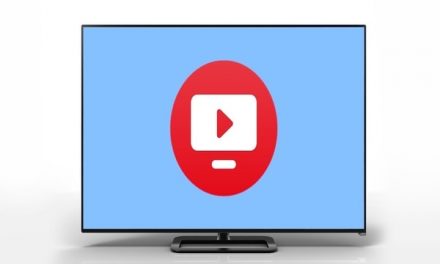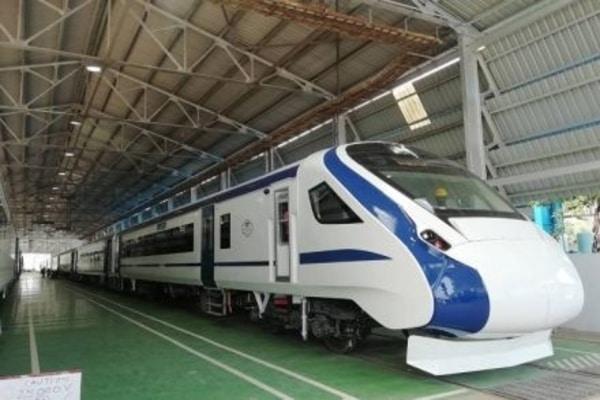e-RUPI is a cashless and contactless person- and purpose-specific digital payment solution launched by Prime Minister Narendra Modi via video conference on Monday.
Addressing the event, the Prime Minister said that the e-RUPI voucher is going to play a huge role in making DBT more effective in digital transactions in the country and will give a new dimension to digital governance. This will help everyone in targeted, transparent and leakage-free delivery. He said e-RUPI is a symbol of how India is progressing by connecting people’s lives with technology.
What is e-RUPI system?
e-RUPI is a digital voucher that can be redeemed by beneficiaries when they make use of any specific government services. The digital system does not require a card, app or internet access to redeem the vouchers. The digital tokens will be sent to respective citizens by the government via SMS strings or QR codes to be used for a specific purpose.
The digital token-style system is seen as a way to spot potential gaps in the existing welfare payments infrastructure and fix them.
How is e-RUPI different from other digital payment apps?
The chief difference between e-RUPI and other online payment apps is that e-RUPI is not a platform or an app. It is a voucher that can be redeemed for specific services only. Unlike other payment services, the user does not need to have a digital payment app or even a bank account to redeem this voucher.
How to use e-RUPI vouchers
These vouchers are like e-gift cards, which are prepaid in nature. The code of the cards can be shared either via SMS or the OR code can be shared. These e-vouchers will be person and purpose-specific. Even if one does not have a bank account or a digital payment app or a smartphone can benefit from these vouchers.
List of banks that are live with e-RUPI
InfrasoftTech provides an e-RUPI technology stack to banks by helping them in implementing the technology – right from integration with the existing systems to deployment as per their target beneficiaries.
Currently, it is working with two of the 11 live banks as per NPCI. It is shortly adding more client banks with e-RUPI features.
The two banks are Punjab National Bank and Bank of Baroda.
How does it work and where can it be used?
The cashless and contactless medium is similar to how a corporate-provided Sodexo coupon card works. The big difference is there won’t be any card here. The beneficiary, citizen in this case, will be given digital vouchers to access targeted welfare services like medicines and nutritional support, and medical diagnostics under the government’s health schemes.
A QR code or SMS-string will be sent to the beneficiary, and they will need to show it to the welfare service provider for the transaction to be complete. No printouts would be required. As these vouchers are created for a specific purpose, they can’t be transferred or cashed out.
e-RUPI is powered by NPCI’s UPI platform and the service has onboarded about a dozen banks to be issuing entities. These include both private and public banking institutions. The beneficiaries will be identified by their mobile number, and the vouchers will be linked to it. The digital voucher can be redeemed only that individual.
What are some challenges in implementing e-RUPI?
According to data intelligence firm Data Reportal, the number of mobile connections in India as on January 2020 is equivalent to 78% of the total population. And during the period between January 2019 and January 2020, mobile connections dropped by 1.4%. Enabling the roughly 22% of population to get a mobile phone to access welfare services via e-RUPI will be a problem to be solved.












